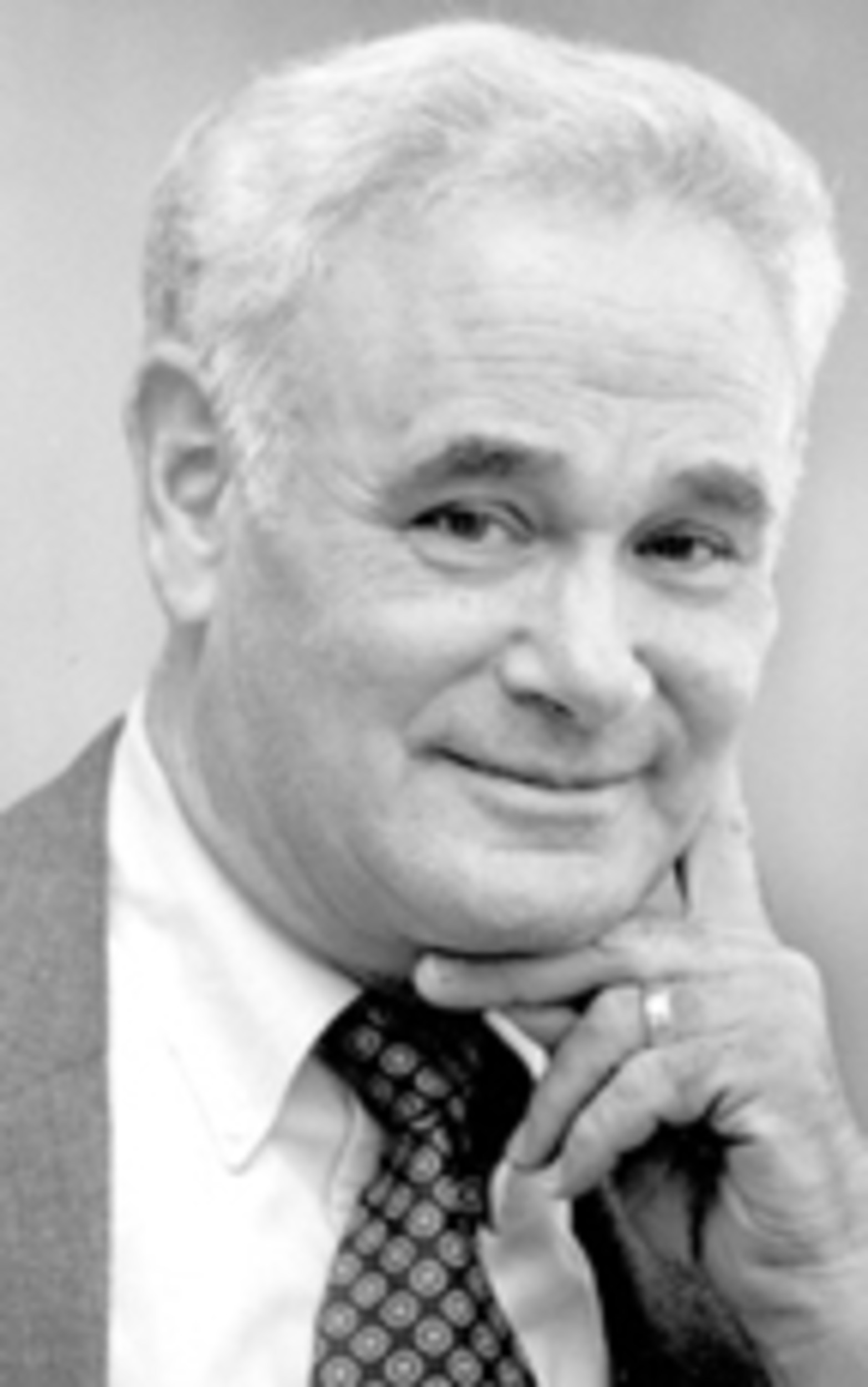What happened to Mattapan?
In March 1973, Rabbi Samuel Korff delivered a eulogy for Charles Shumrack, a longtime member of Congregation Kehillath Jacob who was murdered in his first-floor apartment in the Boston neighborhood of Mattapan. In the course of his remarks, “Korff then challenged future historians to determine ‘how it was possible for a Jewish community of 40,000 souls to be emptied in the course of two years and how so much crime was concentrated in the short space of 40 blocks.’ ”
Though not cited till near the end of the book, Rabbi Korff’s question haunts almost every page of Hillel Levine’s and Lawrence Harmon’s “The Death of an American Jewish Community, A Tragedy of Good Intentions” (The Free Press, 1992). Korff’s question sits at the center of a circle of additional questions. What happened collectively to the 90,000 Jews of Roxbury, Dorchester and, finally, Mattapan, the last of Boston’s contiguous Jewish neighborhoods to disappear? At one time Roxbury, Dorchester, and Mattapan constituted the vital heart of Boston Jewry, with Blue Hill Avenue calling to mind the Bronx’s Grand Concourse.
More broadly, is it inevitable that when blacks move into a Jewish neighborhood, Jews will flee to whiter pastures, predominately in the more affluent suburbs? Consider Harlem, the home to nearly 200,000 Jews prior to World War I. By 1930 only 3,000 remained, “the exodus attributed by social scientists to deteriorating housing stock, fear of street crime and Jewish upward mobility.”
In the spring of 1968, 28-year-old Rabbi Gerald Zelermyer, fresh out of the Conservative movement’s Jewish Theological Seminary, became the rabbi of Temple Beth Hillel in Mattapan. Deliberately refraining from applying to relatively well-to-do suburban congregations, Zelermyer felt himself ready, willing and able to cast his lot with a synagogue that was acknowledged to be in a “changing” inner-city neighborhood.
On the afternoon of June 27, 1969, the rabbi opened the front door of his parsonage at 41 Glenhill Road to find two black teenagers standing in front of him; one of them handed him a scribbled note saying, “lead the Jewish racists out of Mattapan,” while the other young man threw a vial of powdered acid onto his face, causing severe burning but no permanent damage.
A few years later Zelermeyer became the rabbi of what was then called Temple Beth Torah in Cranston. Though my wife Sandy and I came to know Rabbi Zelermyer and his wife Heske during the years they were in Rhode Island, he never mentioned the acid attack, nor did he ever speak of his frustration at not being able to help stabilize the Jewish community of Mattapan, Boston’s last inner-city Jewish neighborhood.
The subtitle of Levine and Harmon’s book, “A Tragedy of Good Intentions,” seems to me more than a little ironic. The behavior of many of the real estate agents, who took advantage of an ill-conceived red-lining scheme proposed by the Boston Banks Urban Renewal Group (B-BURG) consortium, is the epitome of bad intentions.
As one anonymous broker wrote concerning the block-busting games he played with his vulnerable clients: “And it got to a point that to have fun while we were working, we would try to outdo each other with the most outlandish threats that people would believe…I’d go from street to street with the [black] buyer…I’d ring the doorbell and say, these people want to buy your house. If the lady said no, I’d say the reason they’re so interested is that their cousins, aunts, mother, whatever, it’s a family of 12, are moving in diagonally across the street…”
In retrospect, it is also not easy to attribute good intentions to the decision of the B-BURG consortium of Boston banks “to take a certain area and designate it with a red pen (“red-lining”)…Mattapan and parts of Dorchester. We’re going to finance minorities in this particular area, so they can get a house with no money down.” According to Levine and Harmon, writing in the early 1990s, “although the program [is] now considered a classic example of racial discrimination in the urban housing markets, the banks themselves prospered.”
The red-lined area just happened to be Boston’s last relatively stable neighborhood of working class and middle class Jews. What were the bankers thinking? That the Jews, known for their tolerance and liberalism, would embrace this opportunity for social and racial integration? Unfortunately, those Jews remaining in Boston’s inner-city neighborhoods tended to be older and less affluent than their co-religionists who were already “making it” in the nearby suburbs: For this reason, they were almost invisible to Boston’s established Jewish leadership, who managed to overlook ‘the dirty little secret’ of class division within the Jewish community.”
In the second-to-last chapter of “The Death of an American Jewish Community,” activist Michael Ansara asks regarding the destruction of Boston’s inner-city Jewish community, “Could it have been stopped?” Echoing the question posed by Rabbi Samuel Korff in the eulogy he delivered in March 1973, Ansara answers his own question:
“The answer is multiples of yes. It did not need to happen. There could have been different outcomes because bankers made different decisions or because there was a real process in organizing the communities that were involved…The bottom line is that [the banks] didn’t care to really look at the impact of their policies. Does that make you a crook? No! Does it make you a very damaging institution that is not socially responsible? Absolutely.”
JAMES B. ROSENBERG, rabbi emeritus of Temple Habonim in Barrington, may be contacted at rabbiemeritus@templehabonim.org.








